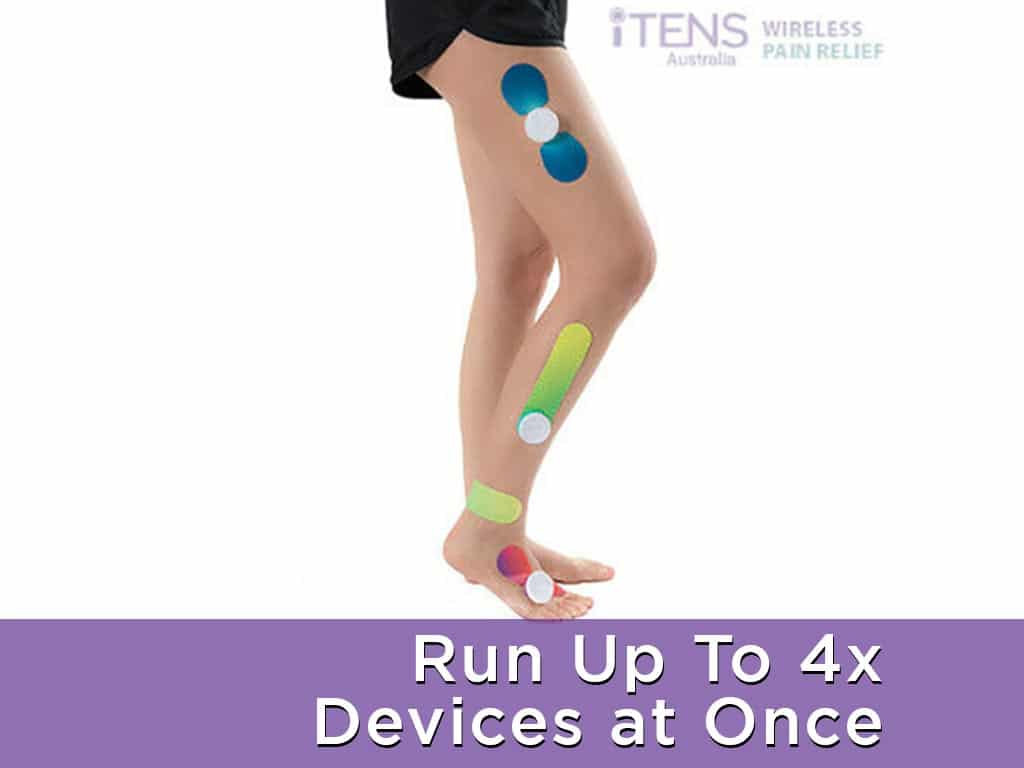
Many people use TENS daily to manage acute and chronic pain conditions. Transcutaneous Electrical Nerve Stimulation, or TENS, is a drug-free approach to pain relief. It uses mild electrical currents to reduce painful symptoms directly in the affected area. Using a TENS machine is safe but requires following the guidelines to prevent risks. It includes identifying the correct pad placement and adjusting the right settings. Additionally, individuals with serious conditions must consult a health professional first.
People seek safe and effective treatments to help them regain normal function and perform tasks without difficulty. However, it is also vital to consider safety to reduce the risk of developing long-term side effects or health complications. Hence, many consider TENS therapy as a natural method of pain relief. In the following sections, we will provide an overview of how it works and the usage guidelines of TENS machines.
Understanding TENS Therapy Before Using TENS Daily
Before using TENS daily, it is vital to understand TENS therapy to maximise its benefits and minimise risks. A TENS machine is an electronic device with sets of electrodes to stimulate the nerves to reduce pain. The electrical impulses create a tingling sensation when passing through the skin. Thus, the impulses create a reaction in the nervous system that activates the body’s pain-relieving system.
In high frequencies (50-130 Hz), TENS stimulate the pain gate mechanism in the body. These are nerve fibres in the spinal cord that control the transmission of pain signals. The electrical stimulation induces them to close, hindering the pain signals from reaching the brain. Moreover, low frequencies (2-10 Hz) trigger the release of endorphins, the body’s natural painkillers.
TENS therapy provides temporary pain relief for various conditions. However, it does not treat the underlying cause of the pain. Understanding this helps set realistic expectations and treatment plans to achieve optimal results. Therefore, individuals can incorporate TENS treatment for daily pain management safely.
Benefits of TENS
- A TENS machine is suitable for joint and nerve-related pains, such as arthritis, sciatica, bursitis, and fibromyalgia.
- TENS provides acute pain relief for period pain, labour pain, injuries, and post-operative pain.
- Using a TENS machine helps boost blood circulation, reducing inflammation. It can help release muscle tension and stiffness, promoting relaxation and improved mobility.
- It gives pain relief without medications. It also helps minimise the need for invasive surgical procedures.
- Aids in nerve regeneration.
- Improves sleep patterns.
- Overall, daily sessions with TENS help alleviate acute and chronic pain conditions, improving the quality of life.

Effectivity of Daily TENS Usage
The effectivity of daily TENS usage can vary depending on the individual and their specific condition. Each person can have different reactions to the therapy. It may be helpful for some, while others will experience no effect. Moreover, it would also depend on several factors, including pad placement and frequency settings.
For the first use, individuals may find the sensations uncomfortable. Adjusting the frequency, pulse width, and intensity can help find a comfortable setting. It is best to start at low stimulation levels and gradually increase until attaining the desired effects. The intensity may be increased according to the severity of the pain.
Additionally, the treatment time may vary. Some individuals may find short durations of 20 to 30 minutes a day provides sufficient relief. Meanwhile, others may require longer sessions or more frequent usage for adequate pain alleviation. It is advisable to work closely with a healthcare provider to determine the appropriate duration and frequency of TENS usage. Many individuals report that consistent use is effective for long-term pain relief.
Potential Side Effects and How To Counter Them
While generally safe, there are instances where some people experience minimal side effects. One common side effect is skin irritation or redness at the site of electrodes. This can be counteracted by ensuring the skin is clean and dry before applying the pads. Using hypoallergenic gel pads also minimises the allergy triggers.
Another potential reaction is muscle twitching or spasms. It is normal as the electrical currents travel through the nerves. However, it should not cause vigorous muscle contractions. To reduce discomfort, adjust the intensity and frequency until the contractions disappear. If symptoms persist, discontinue use and consult a doctor immediately.

Safety Guidelines For Daily TENS Therapy
Individuals may facilitate daily TENS therapy sessions, provided they adhere to the safety guidelines. Firstly, identify the proper pad placement as well as areas to avoid. Position the electrodes on either side of the pain while avoiding the bones or joints. Secondly, start with the lowest intensity level and gradually increase. This is to prevent sudden shocks and overstimulation at the start of the treatment.
Next, set the treatment duration for 15 to 30 minutes, depending on the underlying pain or condition. Gradually extend the usage if more time is needed. However, do not use the device for more the prescribed time. This is because prolonged placement may cause redness or rashes, muscle fatigue, and nerve damage.
Furthermore, individuals may use a TENS machine as often as necessary. Nevertheless, allot a 20-minute break between sessions to allow the skin to rest from the stimulation. Lastly, ensure to use adhesive electrodes that stick firmly to the skin. Do not use TENS if the pads come loosely, as it may risk burns or shocks. Thus, it is advisable to replace the electrodes once they lose their stickiness.
When To Stop
Certain circumstances may require to discontinue the use of a TENS machine. When skin irritation occurs, turn off the unit and remove the electrodes immediately. Monitor the skin condition before continuing with the treatment. In most cases, the side effects will disappear. However, consult a doctor if the symptoms do not subside or worsen.
TENS may not be suitable for pregnant women and people with heart disease, epilepsy, and electrical implanted devices. Before starting pain management with TENS, seek medical guidance to determine the appropriate treatment or the right settings. Finally, take precautions if the stimulation causes dizziness or increased pain.
Conclusion
TENS therapy is a safe and effective treatment for acute and chronic pain. It uses mild electrical impulses to stimulate the nerves to block pain signals. Hence, it is a suitable alternative to medications for pain relief. Hence, facilitating daily TENS therapy is safe, with no adverse risks of developing dependency or health complications. Nevertheless, it is vital to follow the usage guidelines to prevent safety risks. It includes applying the electrodes correctly and using the proper settings.
Despite being safe, TENS may come with potential side effects. The common side effects are skin redness or rashes due to electrode placement. Improper use of the device may also lead to skin burns, headaches, and dizziness. To minimise discomfort, check the settings and avoid extreme stimulation levels. Lastly, it is vital to remember that people can have various reactions to TENS therapy. Thus, consulting a health professional helps attain optimal results.




















